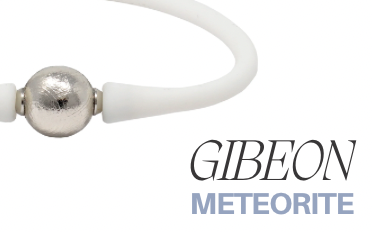Gibeon Meteorite | Information, History, Properties All Entries

The Gibeon meteorite is a remarkable extraterrestrial specimen that has garnered worldwide recognition and admiration for its unique characteristics, historical significance, and captivating beauty. Originating from the Gibeon meteorite strewn field in Namibia, Africa, this meteorite has captured the imagination of scientists, collectors, and enthusiasts alike.
The Gibeon meteorite is classified as an iron meteorite, composed predominantly of iron and nickel, with traces of other elements. It is estimated to have fallen to Earth around 4 million years ago, making it a relic of our planet's ancient history. What sets the Gibeon meteorite apart is its exceptional crystalline structure, known as the Widmanstätten pattern, which is revealed through a process of acid etching. This intricate pattern showcases intersecting lines that form a mesmerizing geometric arrangement, creating a visual spectacle that is both striking and awe-inspiring.
The meteorite's journey from space to Earth is a testament to the vastness of the cosmos and the dynamic processes at play. The Gibeon meteorite is believed to have originated from the asteroid belt between Mars and Jupiter, where collisions and gravitational forces propelled it towards our planet. As it descended through the Earth's atmosphere, the intense heat and pressure caused its exterior to melt and form a fusion crust, which preserved the pristine interior.
The Gibeon meteorite's impact on Earth's surface left a significant mark on the landscape. The strewn field in Namibia spans an area of approximately275 square miles (about 720 square kilometers) and is scattered with fragments of varying sizes. These fragments, known as individuals, range from small, palm-sized pieces to massive specimens weighing several tons. Each individual possesses its own unique shape, texture, and distinct Widmanstätten pattern, making every piece of Gibeon meteorite a truly one-of-a-kind treasure.
Beyond its scientific and geological significance, the Gibeon meteorite holds cultural and historical importance as well. Indigenous peoples in the region have long revered these celestial fragments, incorporating them into their traditions, rituals, and art. The meteorite has become a symbol of cosmic connection and spiritual energy, believed to possess mystical qualities and a profound link to the heavens.
Due to its extraordinary beauty and rarity, the Gibeon meteorite has become highly sought after by collectors and enthusiasts around the world. Its distinctive Widmanstätten pattern and its captivating interplay of textures and colors make it a true marvel of nature. Many individuals are meticulously cut and polished to create stunning display pieces, jewelry, and artistic creations that showcase the meteorite's innate allure.
The study of the Gibeon meteorite continues to provide valuable insights into the formation of our solar system and the processes that occur within it. Scientists analyze its composition, trace elements, and isotopic ratios to better understand the origins and evolution of celestial bodies. The Gibeon meteorite's pristine state, preserved over millions of years, offers a unique window into the materials and conditions present during its formation.



